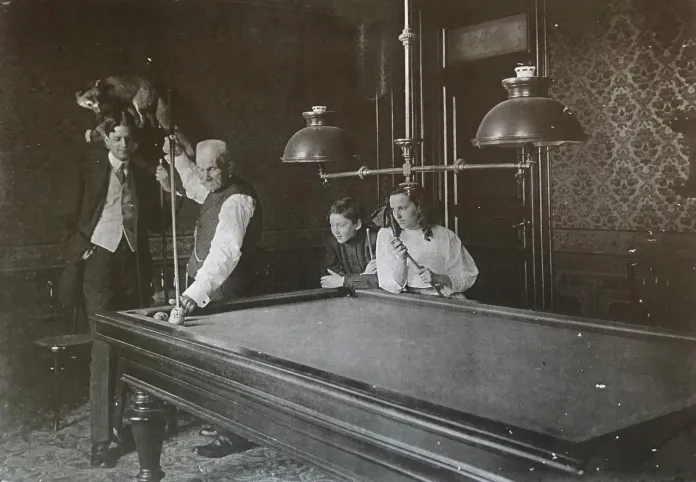Who was Pepita Moreu?
Pepita Moreu was a pioneering advocate for women's rights and education in the late 19th century. Her progressive ideas and relationship with Antoni Gaudí, though ultimately unfulfilled romantically, profoundly impacted the architect, influencing his work and pushing him to challenge conventional design norms.


